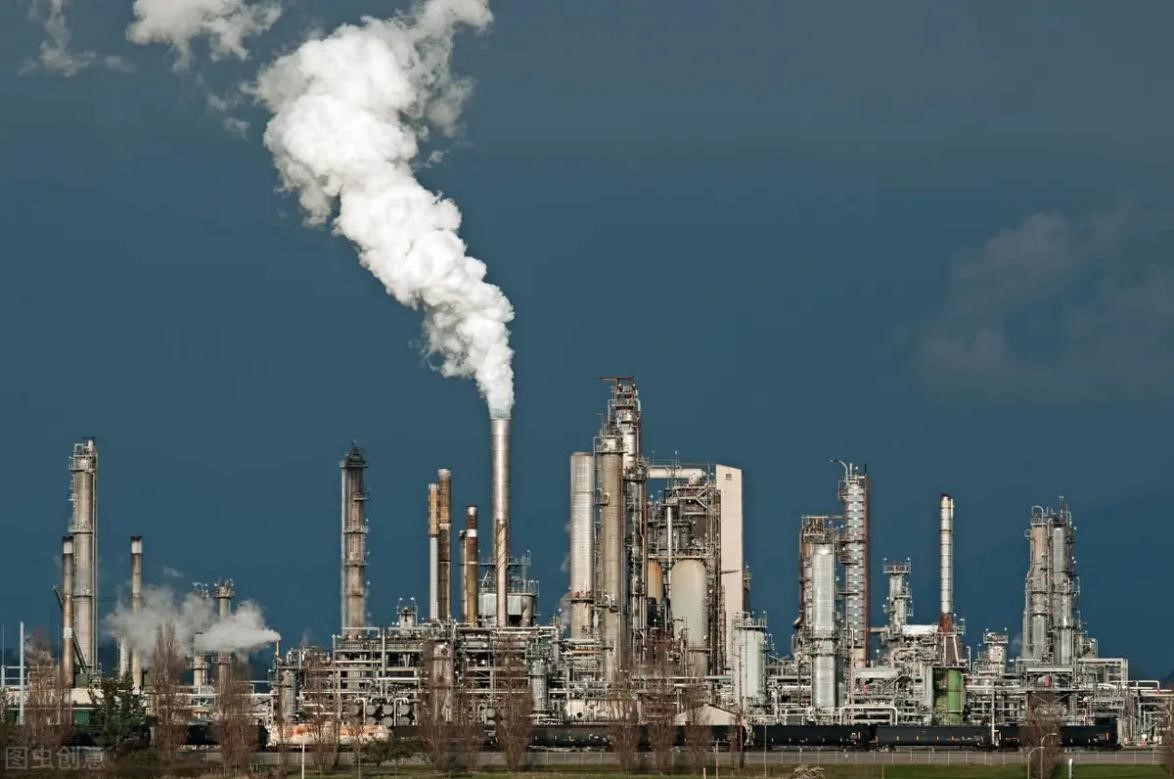Photosensitive resin refers to the material used for light curing rapid prototyping. It is liquid light curing resin, or liquid photosensitive resin, which is mainly composed of oligomer, photoinitiator and diluent. The photosensitive resin used for SLA is basically the same as the ordinary light curing prepolymer. However, since the light source used for SLA is monochromatic light, which is different from ordinary ultraviolet light, and has higher requirements for curing rate, the photosensitive resin used for SLA generally should have the following characteristics.
(1) Low viscosity. Light curing is based on CAD model, resin layer by layer superimposed into parts. When one layer is finished, because the surface tension of the resin is greater than that of the solid resin, it is difficult for the liquid resin to automatically cover the surface of the cured solid resin The resin liquid level must be scraped and coated once with the help of automatic scraper, and the next layer can be processed only after the liquid level is leveled. This requires the resin to have low viscosity to ensure its good leveling and easy operation. Now the resin viscosity is generally required to be below 600 CP · s (30 ℃).
(2) Small curing shrinkage. The distance between liquid resin molecules is the van der Waals force action distance, which is about 0.3 ~ 0.5 nm. After curing, the molecules are crosslinked and form a network structure. The distance between molecules is transformed into covalent bond distance, which is about 0.154 nm. Obviously, the distance between molecules before and after curing decreases. The distance of one addition polymerization reaction between molecules should be reduced by 0.125 ~ 0.325 nm. Although in the process of chemical change, C = C changes to C-C and the bond length increases slightly, the contribution to the change of intermolecular interaction distance is very small. Therefore, volume shrinkage is inevitable after curing. At the same time, before and after curing, from disorder to more order, there will also be volume shrinkage. Shrinkage is very unfavorable to the forming model, which will produce internal stress, which is easy to cause deformation, warpage and cracking of model parts, and seriously affect the accuracy of parts. Therefore, developing low shrinkage resin is the main problem faced by SLA resin at present.
(3) Fast curing rate. Generally, the thickness of each layer is 0.1 ~ 0.2 mm for curing layer by layer during molding, and one part needs to be cured for hundreds to thousands of layers. Therefore, if the solid is to be manufactured in a short time, the curing rate is very important. The exposure time of a laser beam to a point is only in the range of microseconds to milliseconds, which is almost equivalent to the excited state lifetime of the photoinitiator used. Low curing rate not only affects the curing effect, but also directly affects the working efficiency of the molding machine, so it is difficult to be suitable for commercial production.
(4) Small swelling. In the process of model forming, the liquid resin has been covered on some cured workpieces, which can penetrate into the cured parts and swell the cured resin, resulting in the increase of part size. Only when the resin swelling is small can the accuracy of the model be guaranteed.
(5) High light sensitivity. Because SLA uses monochromatic light, it requires that the wavelength of photosensitive resin and laser must match, that is, the wavelength of laser should be near the maximum absorption wavelength of photosensitive resin as far as possible. At the same time, the absorption wavelength range of photosensitive resin should be narrow, so as to ensure that curing occurs only at the point irradiated by laser, so as to improve the manufacturing accuracy of parts.
(6) High curing degree. The shrinkage of the post curing molding model can be reduced, so as to reduce the post curing deformation.
(7) High wet strength. High wet strength can ensure that there is no deformation, expansion and interlayer peeling in the post curing process.
Post time: Jun-01-2022













